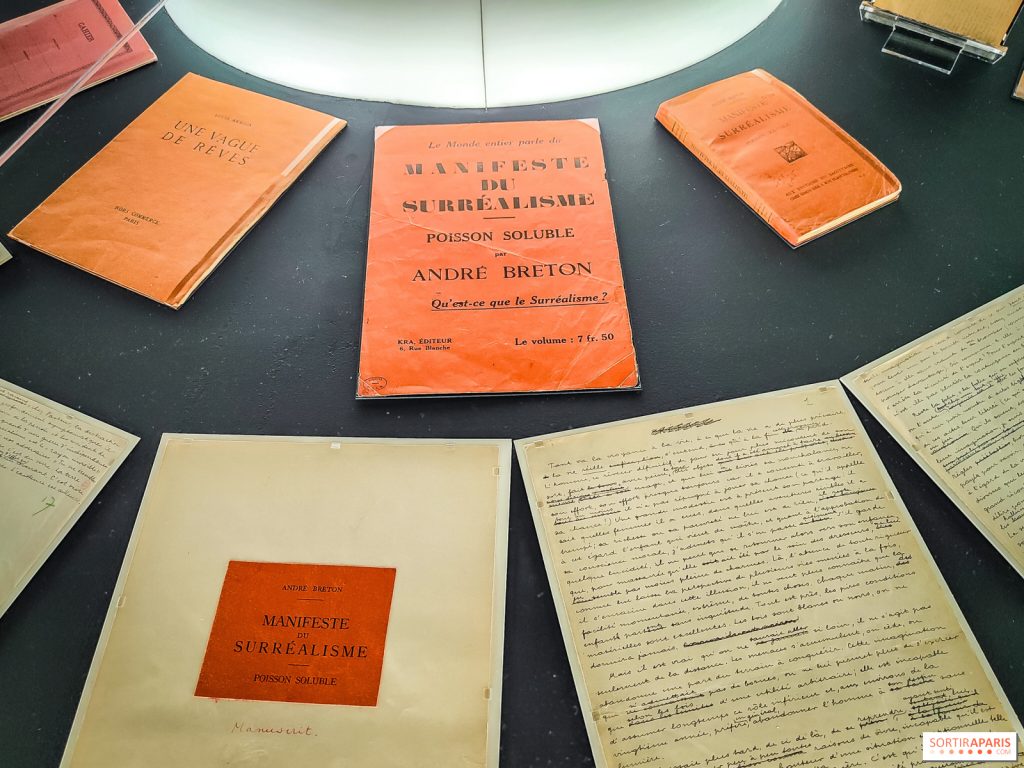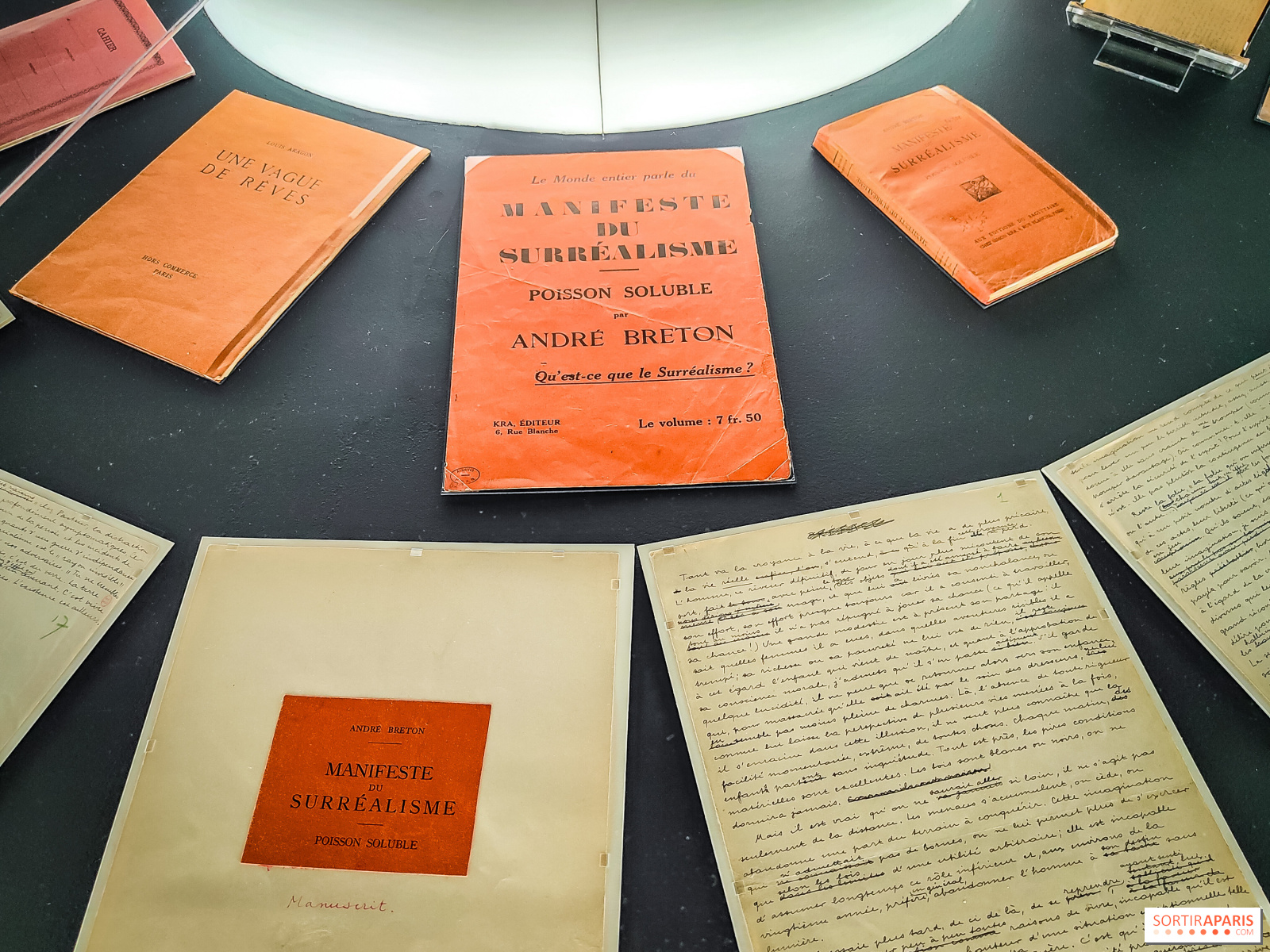
Centre Pompidou Presents Significant Exhibition to Commemorate 100 Years of Surrealism in Paris

### *Discovering Surrealism: A Century of Creativity at Paris’s Centre Pompidou*
In 1924, French author André Breton drafted the **Surrealist Manifesto**, marking the official inception of the surrealist movement, a highly imaginative and pivotal art movement of the 20th century. Almost a century later, **Paris’s Centre Pompidou** commemorates this significant moment with **Surréalisme**, a thorough exhibition that unites not only celebrated figures such as **René Magritte** and **Salvador Dalí** but also over 500 pieces across various forms: paintings, drawings, films, photographs, and literature. The exhibition emphasizes the worldwide diversity and impacts of the movement, featuring often-neglected women artists, while familiarizing new audiences with surrealism’s fundamental ideas.
—
### **An Ethereal Journey into Surrealism’s History**
As guests enter the exhibition, they find themselves immersed in the essence of surrealism where it all started—**André Breton’s manifesto**. Utilizing impressive **AI vocal cloning** technology, developed alongside the **Institute for Research and Coordination in Acoustics/Music**, visitors can hear Breton’s words as if spoken in his own voice, providing a dramatic start that unveils the movement’s secrets.
Breton’s original notions of blending the unconscious with art opened the doors for artists globally to discover innovative methods of portraying the fantastic, absurd, and bizarre. Surrealism arose during a period heavily influenced by **World War I**, responding not only to political happenings but also to the psychological ramifications the war had on society. This articulated movement, filled with arcane symbols and dreamlike perceptions of existence, transcended France, influencing artists in Europe, America, and even further in Asia.
The **Centre Pompidou** exhibition situates surrealism’s influence within **13 thematic chapters** that explore the foundational philosophies that motivated surrealist creators. Subjects range from **politics**, the **absurdity inherent in daily life**, to **erotic themes**—emphasizing how surrealist artworks challenged the very fabric of reality.
—
### *Les Valeurs Personnelles* by René Magritte: Connecting the Mundane and the Strange
Exemplified by **René Magritte’s 1952 creation “Les Valeurs Personnelles”**, surrealists intriguingly paired the mundane with the uncanny. In this piece, everyday household items such as a comb or a glass balloon are exaggerated to enormous sizes within a confined space. Magritte’s approach in this artwork challenges viewers’ perceptions of scale and perspective, merging the **tangible world** with the **domain of dreams**.
Magritte, akin to many surrealists, aimed to investigate how something commonly known could suddenly provoke a feeling of astonishment, humor, or bewilderment, awakening the unconscious mind. This remains one enduring signature of surrealism: its capacity to inspire personal introspection by deconstructing our established views of reality.
—
### **Women in Surrealism: Beyond the Muse**
Although the most recognizable figures of the surrealist movement are predominantly male—such as **Dalí**, **Magritte**, or **Joan Miró**—the exhibition at the Centre Pompidou illuminates the **significance of women artists in surrealism**. **Marie Sarré**, co-curator of the exhibition and modern art curator at Centre Pompidou asserts that surrealism holds a unique position in art history: “No other 20th-century movement had as many women contributing actively as artists, rather than being relegated to mere muses.”
Artists like **Suzanne Van Damme** and **Claude Cahun** finally gain the recognition they deserve for their groundbreaking contributions to surrealism. **”Le Cœur de Pic”** by Cahun, a photograph from 1936, exemplifies surrealism’s interdisciplinary nature. Cahun’s gender-defying and abstract approaches in photography interrogate personal identity, gender, and society—an inquiry that was pioneering for its time.
Another highlight in the exhibition is **Grace Pailthorpe**, whose work **”May 16, 1941″** serves as a breathtaking exploration of the intricacies of human emotions and the subconscious. These women expanded horizons by utilizing surrealism as a means not only to delve into the unconscious mind but to critique prevailing societal structures.
—
### **The Worldwide Influence of Surrealism**
The **Surréalisme** exhibition broadens its scope beyond European surrealists, amplifying the movement’s **global significance**, with special attention to contributions from **Asia** and **the Americas**. More than merely a pan-European movement, surrealism motivated artists internationally to engage with its principles of estranging the familiar and delving into the depths of the psyche.
Curators at the Centre Pompidou recognize how surrealism traversed boundaries and shaped avant-garde art conversations across the globe.